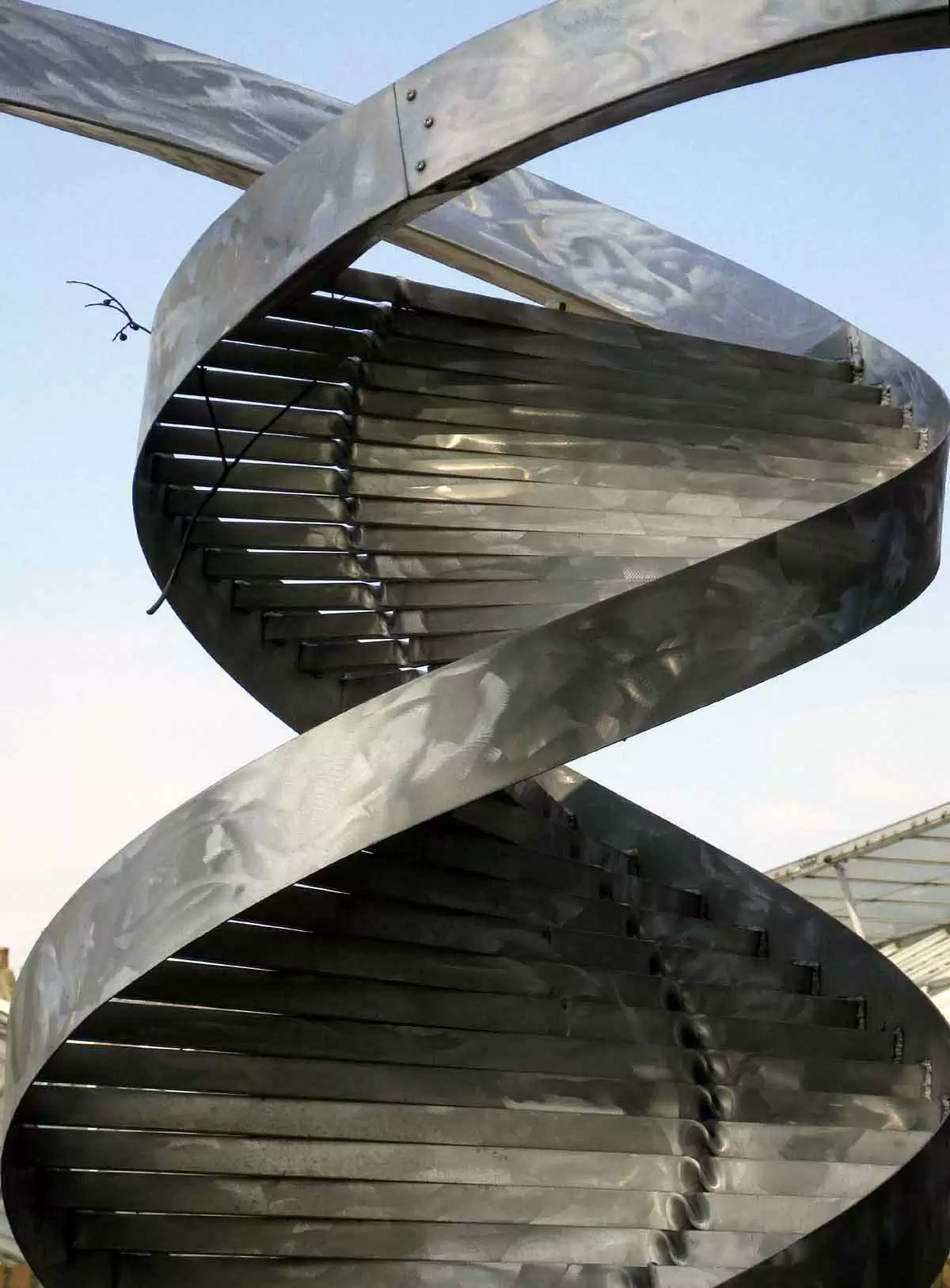
Celiac.com 10/18/2021 - Researchers and clinicians have promoted family screening as a way to reduce the significant under-diagnosis of celiac disease. However, good data for calculating the exact risk of the disease in relatives, and the effects of individual patient- and relative-related factors, remains scarce.
A team of researchers recently set out to investigate the individual risk of celiac disease among relatives of celiac patients.
Celiac.com Sponsor (A12):
The research team included Saana Paavola, Katri Lindfors, Laura Kivelä, Juliana Cerqueira, Heini Huhtala, Päivi Saavalainen, Riku Tauschi, Katri Kaukinen, and Kalle Kurppa.
They are variously affiliated with the Faculty of Medicine and Health Technology at the University of Tampere and Tampere University Hospital in Tampere, Finland; the Faculty of Social Sciences at the University of Tampere in Tampere, Finland; the Translational Immunology Research Program, and Department of Medical and Clinical Genetics, University of Helsinki, Helsinki, Finland; and the University Consortium of Seinäjoki, Seinäjoki, Finland.
The team assessed nearly three-thousand relatives of 624 index patients for evidence of prior celiac disease, or else screened for the disease.
For each subject, the team was able to determine the celiac-associated human leucocyte antigen (HLA) genotype. They then used logistic regression to assess the connection between individual factors and new screening positivity.
They found 229 previously diagnosed non-index relatives with celiac disease and 2,714 non-affected (2,067 first-degree, 647 more distant) relatives. Of these 2,714 relatives, 129 (nearly 5%) screened positive, with 5.1% of first-degree, 3.6% of second-degree, and 3.5% of more distant relatives.
The combined rate of the previously diagnosed and now detected cases in relatives was just over 12%, and was evenly divided at about 6% for both clinically detected and screen-detected.
Univariate analysis showed the main risk factors associated with screening positivity to be: under age 18 years at diagnosis, age 41–60 years, being a sibling, and having the high-risk genotype (3.22, 2.01–5.15 DQ2.5/2.5 or DQ2.5/2.2 vs other risk alleles) in relatives.
Multivariable analysis showed that only high-risk HLA remained significant. From this study, the team concludes that unrecognized celiac disease is common for at-risk relatives, and also in relatives beyond first-degree, even where active case-finding prevails.
By far, the most important predictor for screening positivity was the presence of the high-risk HLA genotype: 3.22, 2.01–5.15 DQ2.5/2.5 or DQ2.5/2.2.
Read more in Aliment Pharmacol Ther. 2021;54(6):805-813.








Recommended Comments
There are no comments to display.
Create an account or sign in to comment
You need to be a member in order to leave a comment
Create an account
Sign up for a new account in our community. It's easy!
Register a new accountSign in
Already have an account? Sign in here.
Sign In Now